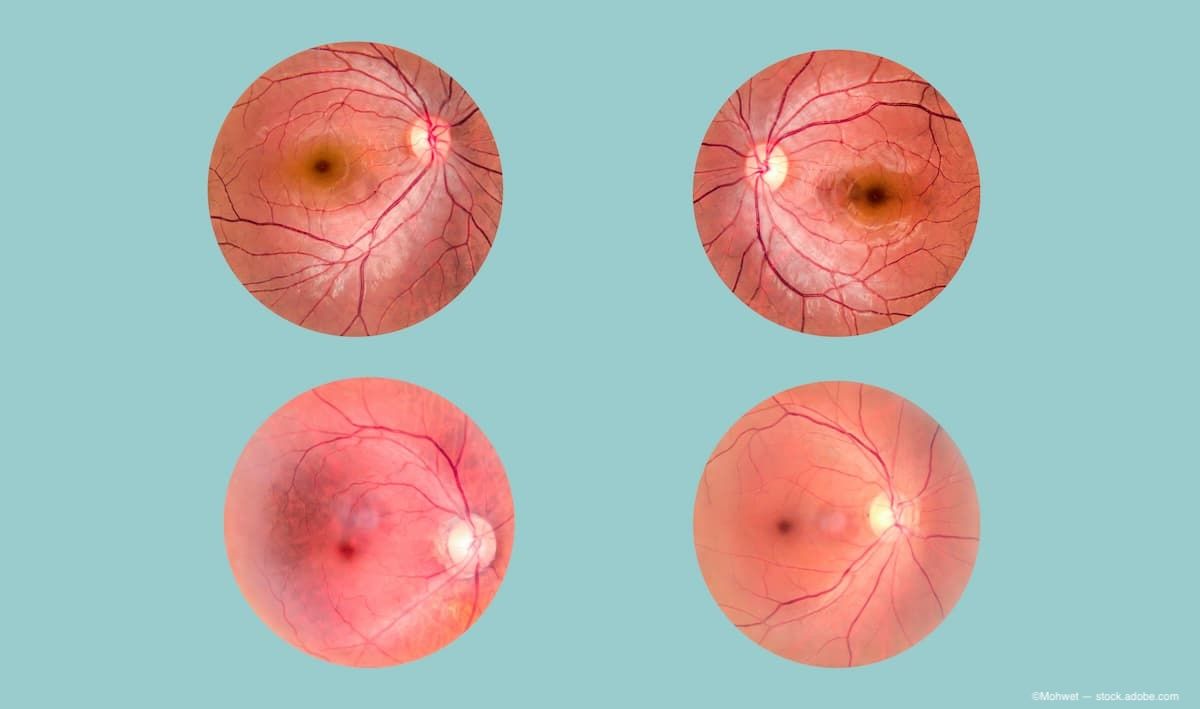Article
Makings of a state-of-the-art cataract case
There is a wide range of technology available in cataract surgery today and it's easy for ophthalmologists to get excited and carried away by the technology. However, it's the attention to detail; going back to basics about incisions; pre- and post-surgical management; and the proper use of intraocular lenses that also need to be stressed.
There is a wide range of technology available in cataract surgery today and it's easy for ophthalmologists to get excited and carried away by the technology. However, it's the attention to detail; going back to basics about incisions; pre- and post-surgical management; and the proper use of intraocular lenses that also need to be stressed.
At a lunch symposium, David Allen, MD, of the United Kingdom lead an international panel of physicians at the World Ophthalmology Congress in discussing some of the key elements that surgeons should be aware of in handling today's cataract patients. The panel presented case videos, advice, and suggestions on how to make a state-of-the-art cataract case.
The panel consisted of Alan Crandell, MD, and Rolando Toyos, MD, both of the United States, Abhay Vasavada, MD, of India, and Jorge Villar Kuri, MD, of Mexico. Alcon Laboratories sponsored the symposium.
Dr. Villar Kuri, MD, started the program with a presentation about his pre- and post-operative regiment in keeping patients free of complications, most notably endophthalmitis. His presentation led to a panel discussion of antibiotics and precautions physicians need to perform to reduce the possible occurrence of endophthalmitis during surgery. "Taking care of the wound is an important element in keeping endophthalmitis from occurring," added Dr. Allen.
The panel then moved onto series of topics, including proper attention to the wound and the location of the incision. The panel discussed the temporal clear corneal incision and its relation to increased occurrences of endophthalmitis. The panel offered ways to reduce that potential occurrence.
The panel also provided tips on handling the capsulorhexis, ophthalmic viscosurgical devices (OVDs) with suggestions on utilizing OVDs during the course of surgery, latest technologies in phacoemulsification machines, including the coaxial handle on the Infiniti machine, and the latest lens implants.
Dr. Crandell addressed the potential patient for lens exchange. He outlined the various lens technologies in the market, as well as the "desirable lens features" of a lens for both the patients and the physician. He then outlined the technology and anatomy of the apodized diffractive lens (ReSTOR, Alcon Laboratories). Dr. Crandell feels the ideal lens should be a single-piece platform that performs well for the patient. It should also be easy for the surgeon to insert, even in a 1.9-mm incision, and have a square-edge design to eliminate PCO. It also should be designed to eliminate secondary problems of surgery.
Newsletter
Don’t miss out—get Ophthalmology Times updates on the latest clinical advancements and expert interviews, straight to your inbox.




